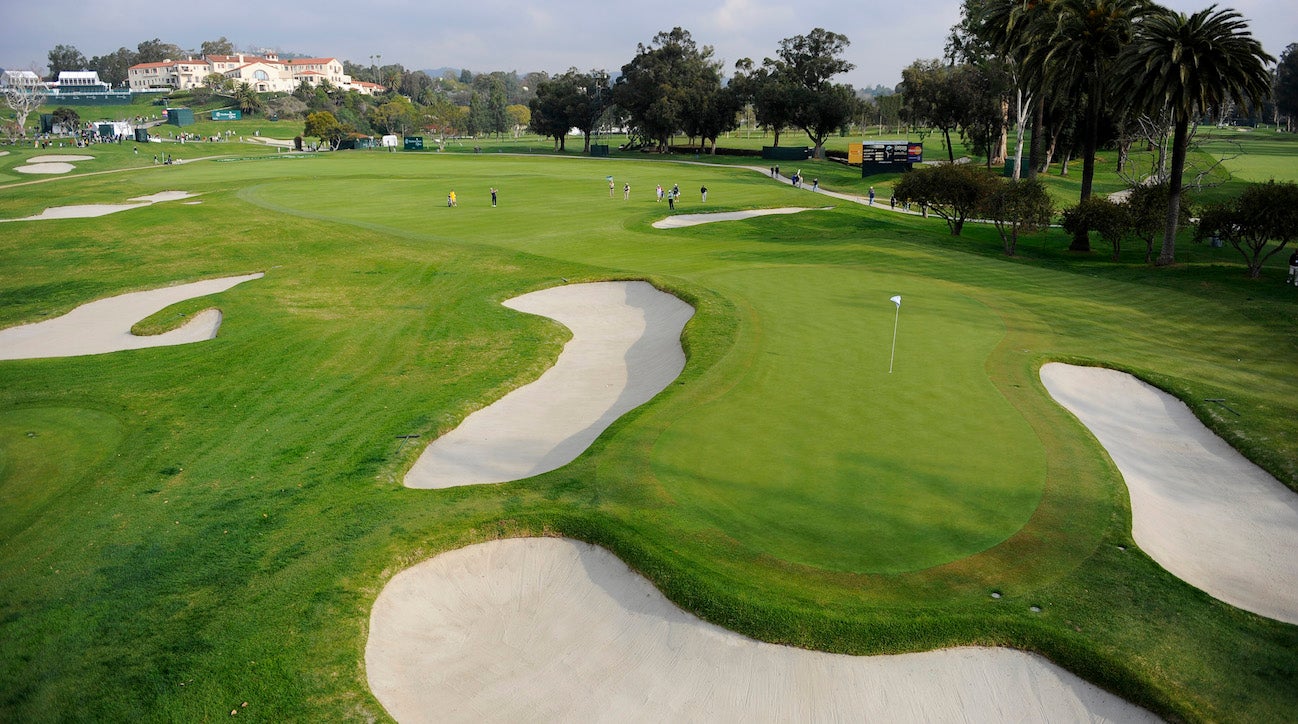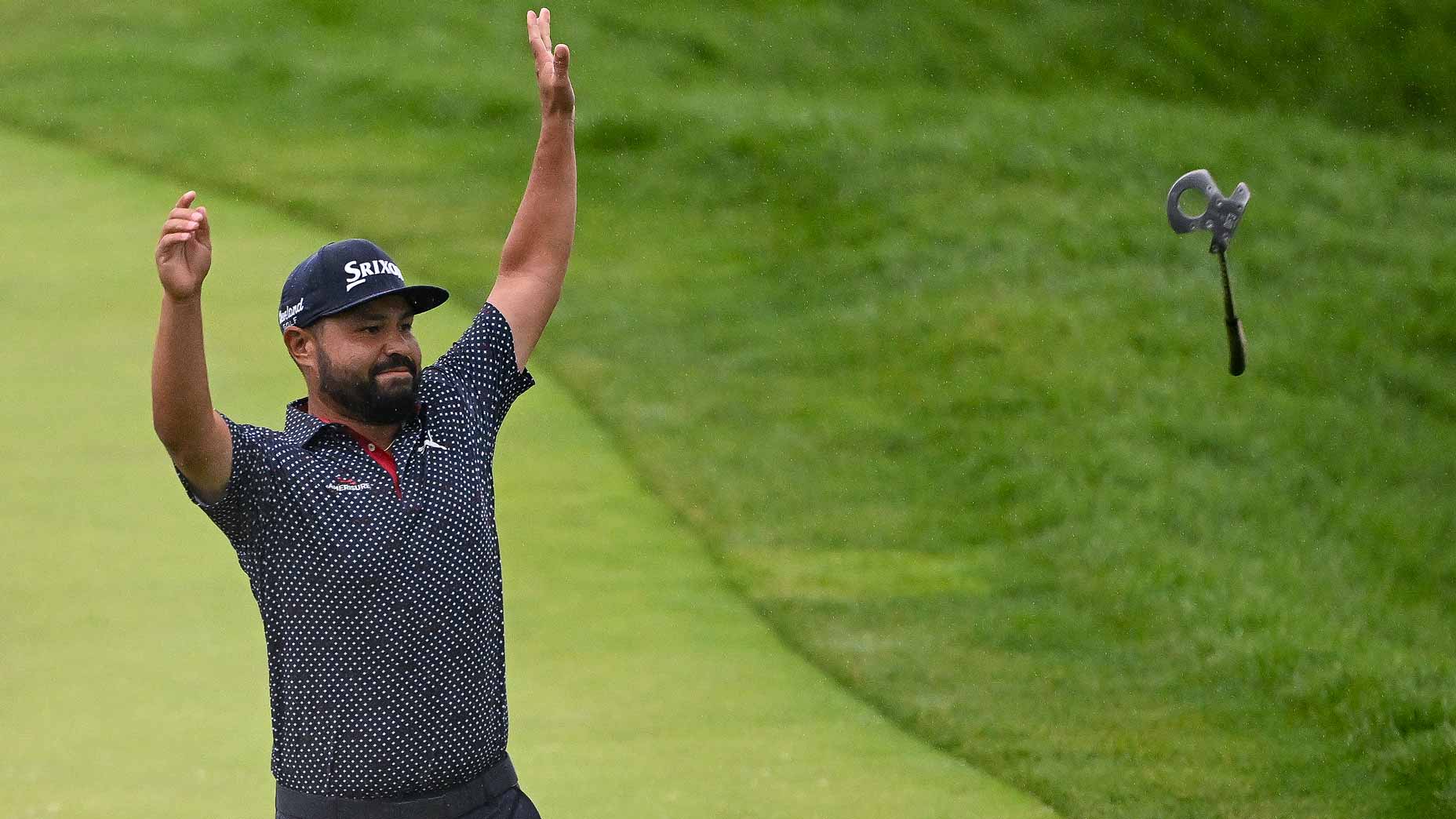To get better, you don’t always need to play better: sometimes you just need to play smarter. These three classic risk-reward situations demonstrate how knowing your game — and knowing precise yardages, provided here by the GPS app GolfLogix — can make a big impact on scoring.
Situation #1: Lay up or go for it
Model hole: Augusta National GC, No. 15, par 5, 530 yards
On any go-for-it-or-lay-up par 5, such as Augusta’s iconic 15th, players should first ask themselves how many times out of 10 they would clear the trouble. So says Brian Manzella, a GOLF Magazine Top 100 Teacher. “If it’s 8- or 9-iron on any given hole, great, take a crack at it, but if it’s 6 or 7, you don’t need Mark Broadie to know that the risks generally outweigh the rewards,” Manzella says.
The yardage to clear a hazard isn’t always the true carry yardage needed — 203 yards in the example below. Here, for example, the sloped bank beyond Rae’s Creek must be carried, too, or the ball will likely roll back into water. Of course, a choice to lay up on the second shot isn’t the end of the decision-making.
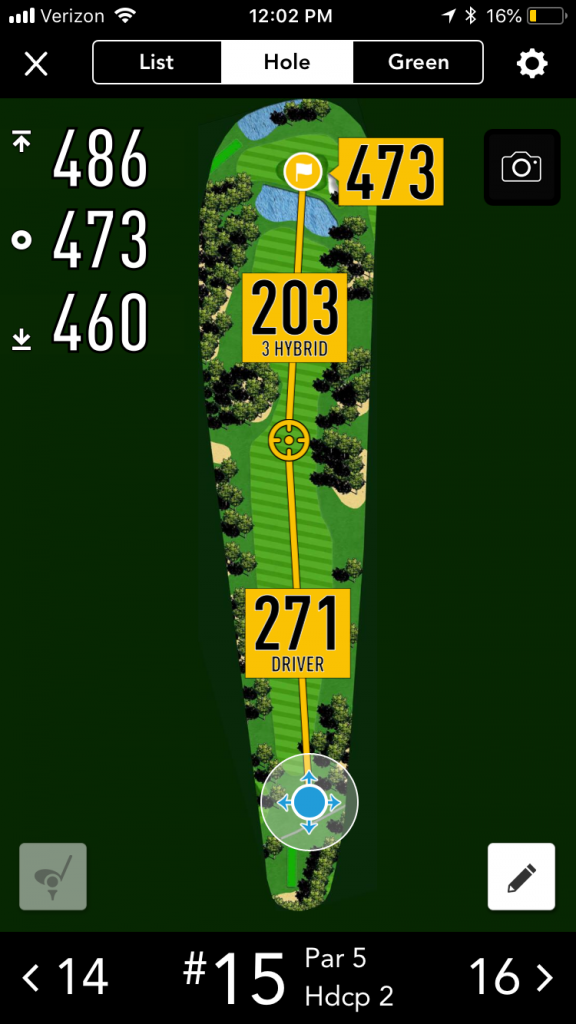
“You want to think about laying up to a precise yardage given how much spin you create with various wedge shots,” Manzella says. “Not even the pros want a delicate 30-yard pitch off the downhill lie here, but you also might not want to leave a full shot that could spin back off the green.”
Situation #2: How much to bite off on a tee shot
Model hole: Bay Hill Club, No. 6, par 5, 555 yards
A key to Cape holes such as Bay Hill’s famous example is to calculate not only the carry yardage over the water but also the through yardage — that is, how far the ball is likely to go in total, including run after landing. “If you play safe and blow the drive through the fairway into thick rough or a fairway bunker, that can be almost as bad as hitting in the water,” Manzella says.
Cape holes are designed to deceive the eyes. They’re made to get players to bite off more than they can chew. To avoid being seduced into an overly optimistic tee-shot line, Manzella suggests using one’s GPS or yardage book to zero in on, and then play to, a very specific spot in the fairway.
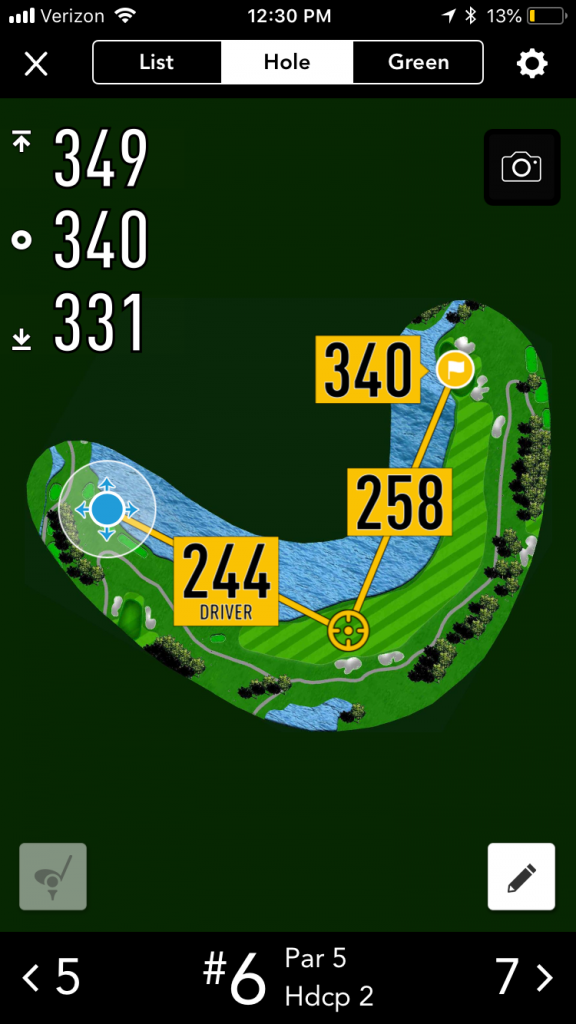
While dogleg-left Cape holes like Bay Hill’s 6th appear to favor a draw, Manzella notes that they may play easier for faders.
“Assuming your calculations are solid, you’re not worried about hitting it well, but what happens if you don’t,” he says. “Fades go shorter, but on a dogleg right that’s generally fading toward a shorter carry distance. If you over-draw a draw, that takes you to another, longer carry distance that doesn’t work. Your Sunday best hit is still a splash.”
That said, dance with who you brought. “Under pressure, play your preferred shot shape,” Manzella says. “Just give yourself a little margin for error.”
Situation #3: Drivable par 4
Model hole: Riviera CC, No. 10, par 4, 315 yards
That a player has the length to reach a reachable par 4 isn’t always the main consideration, as Riviera’s (in)famous example attests.
“Reaching the green isn’t the same thing as hitting the green,” Manzella says. “You always have to think one or two shots ahead in golf — on this hole more than most.”
The 10th essentially offers three options: Lay back short of the first set of fairway bunkers, leaving a full short iron into the tiny, tilted green; hit a fairway wood or hybrid over those bunkers into the next strip of fairway and leave some sort of partial wedge shot; or smash a driver.
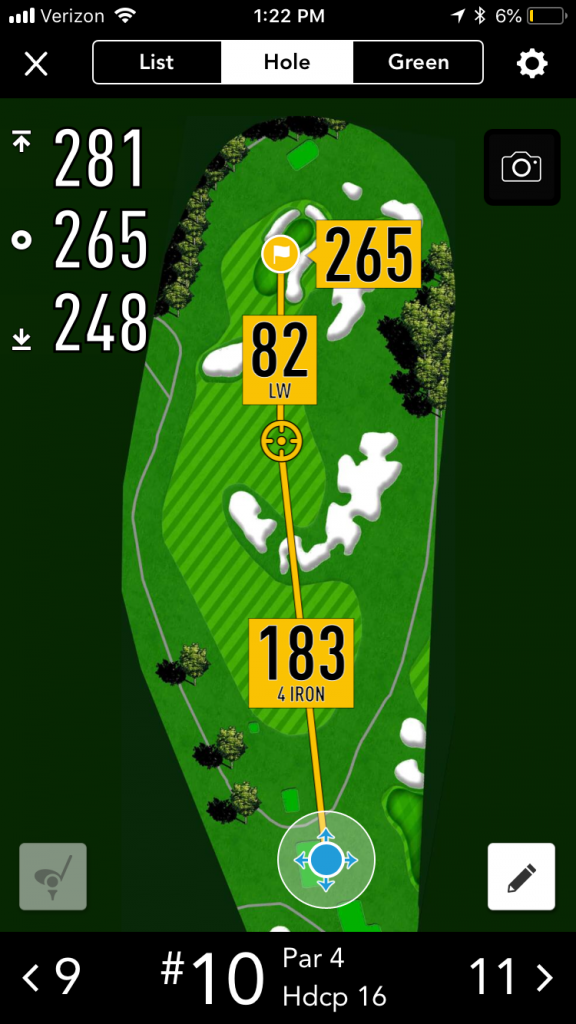
PGA Tour stats and Manzella’s experience suggests, for starters, the second option is generally better than the first for pros and amateurs alike. Approaches from 100-125 yards average 19”9’ on Tour vs. 16’2” from 50-75 yards. “That green is a heck of a small target for a 9-iron; pitching or chipping, not so much,” he says. “Generally, you’re better off taking a reasonable risk off the tee here than laying way back.”
Players should consider which shots around the green they’re best at and try to leave themselves such a shot — so long as doing so doesn’t bring doomsday scenarios into play. “Pros take whatever’s the worst out of the equation,” Manzella says. “If, given the pin position and/or other factors, right is dead, they miss left. If long is dead, they miss short. That’s how guys keep their Tour cards, and amateurs shoot their lowest scores — by knowing what their best miss is.”
GolfLogix is owned and operated by Emigrant Capital, which owns GOLF.com.

